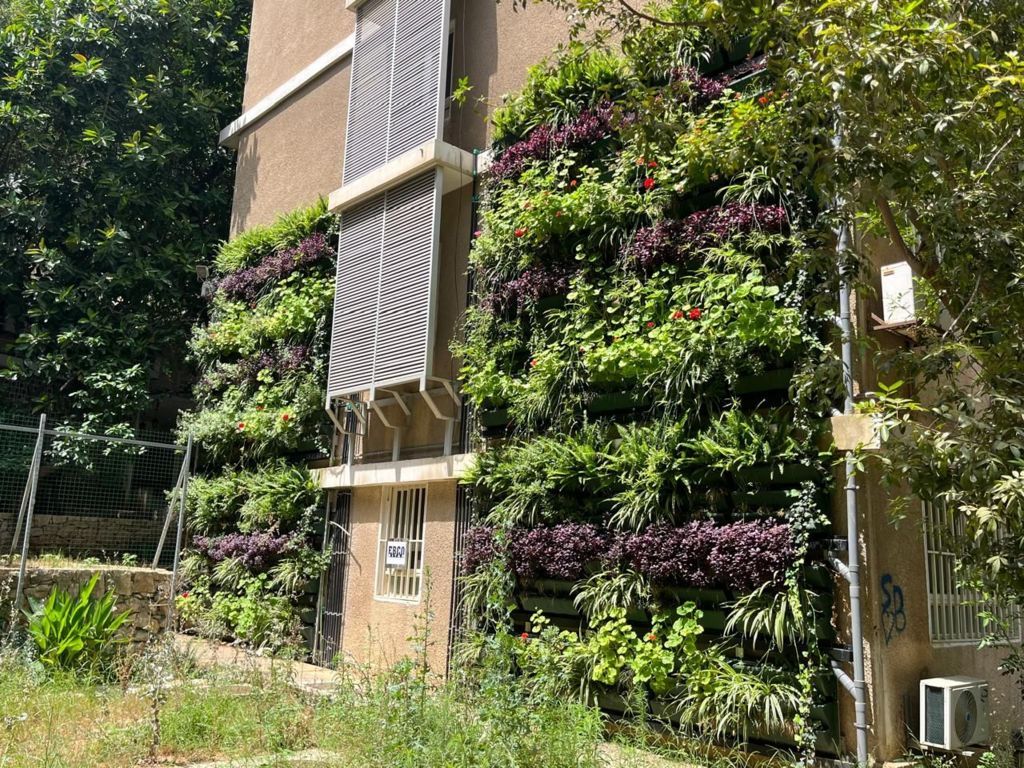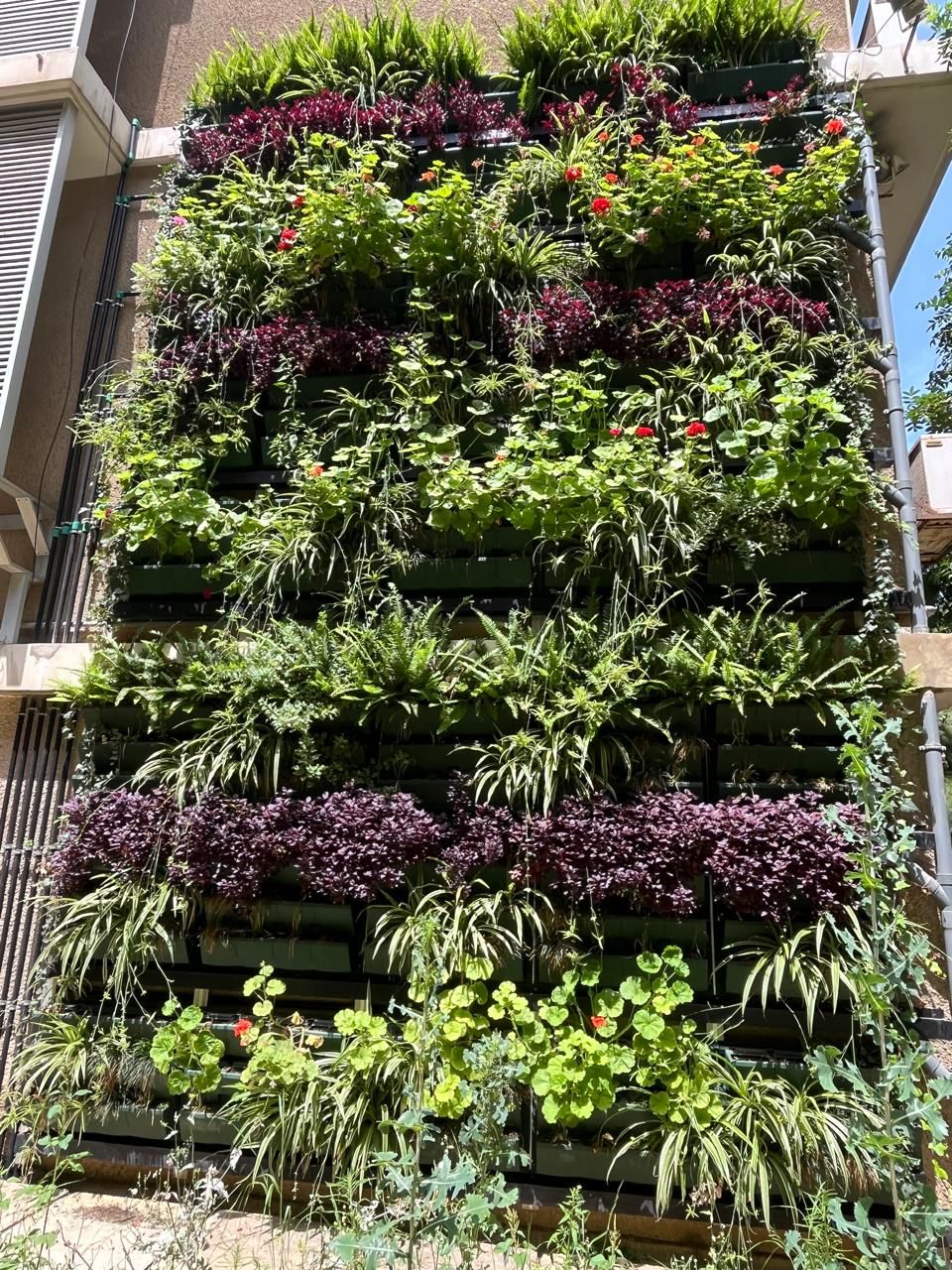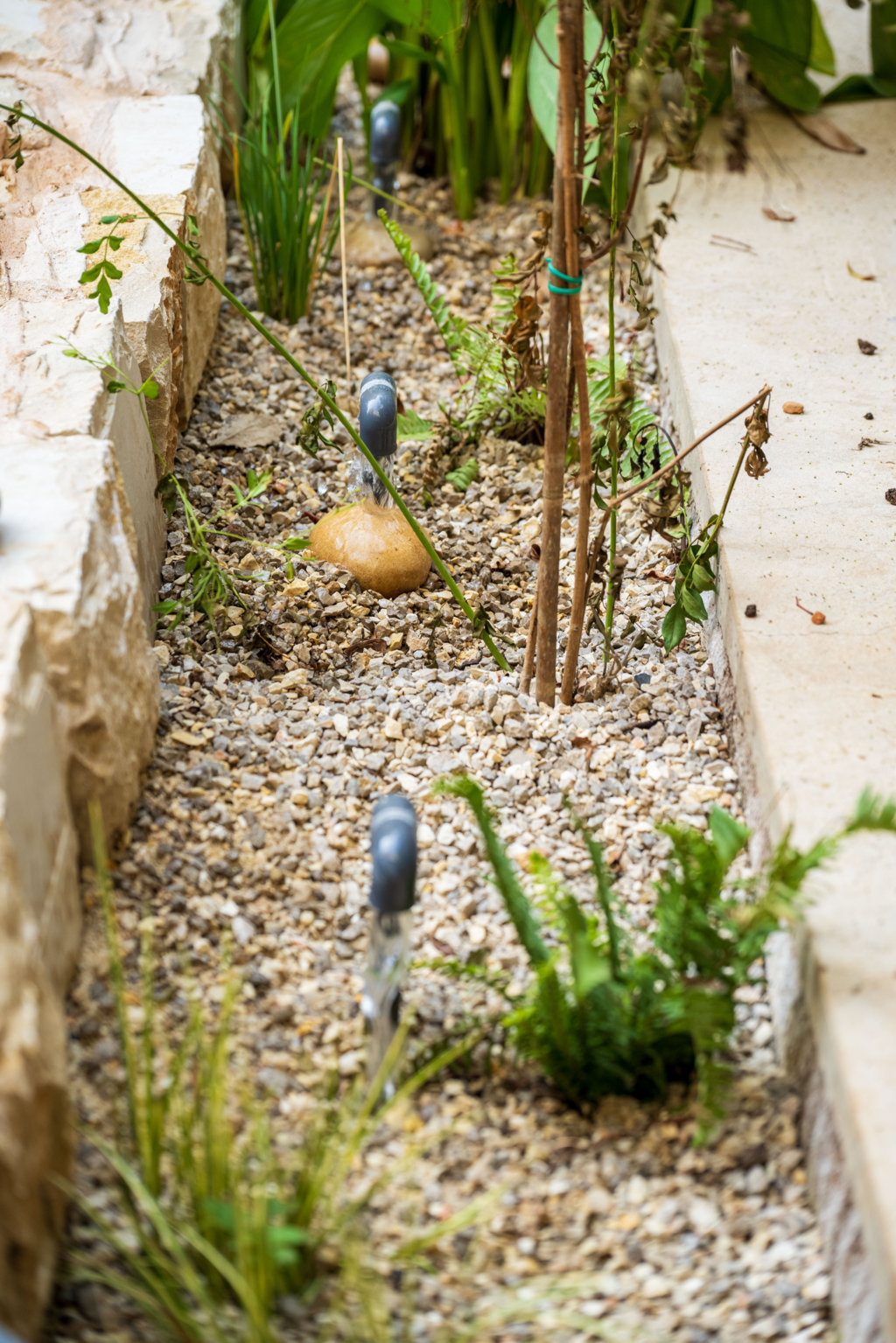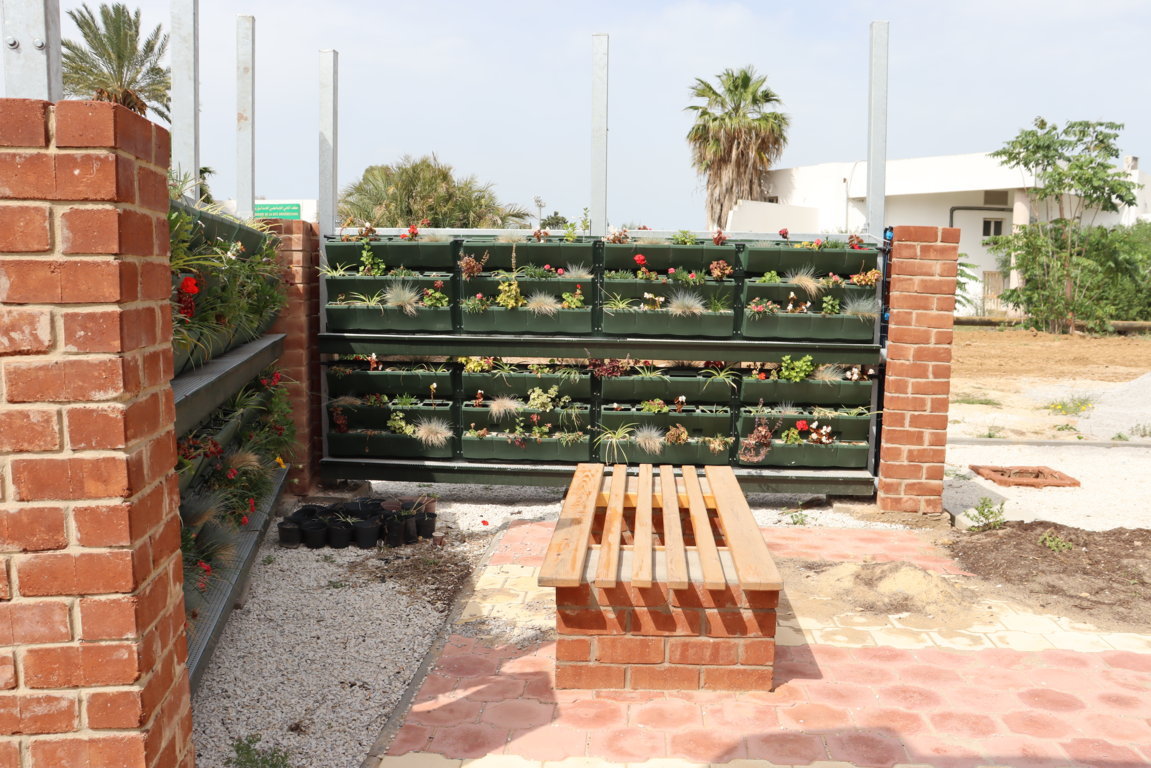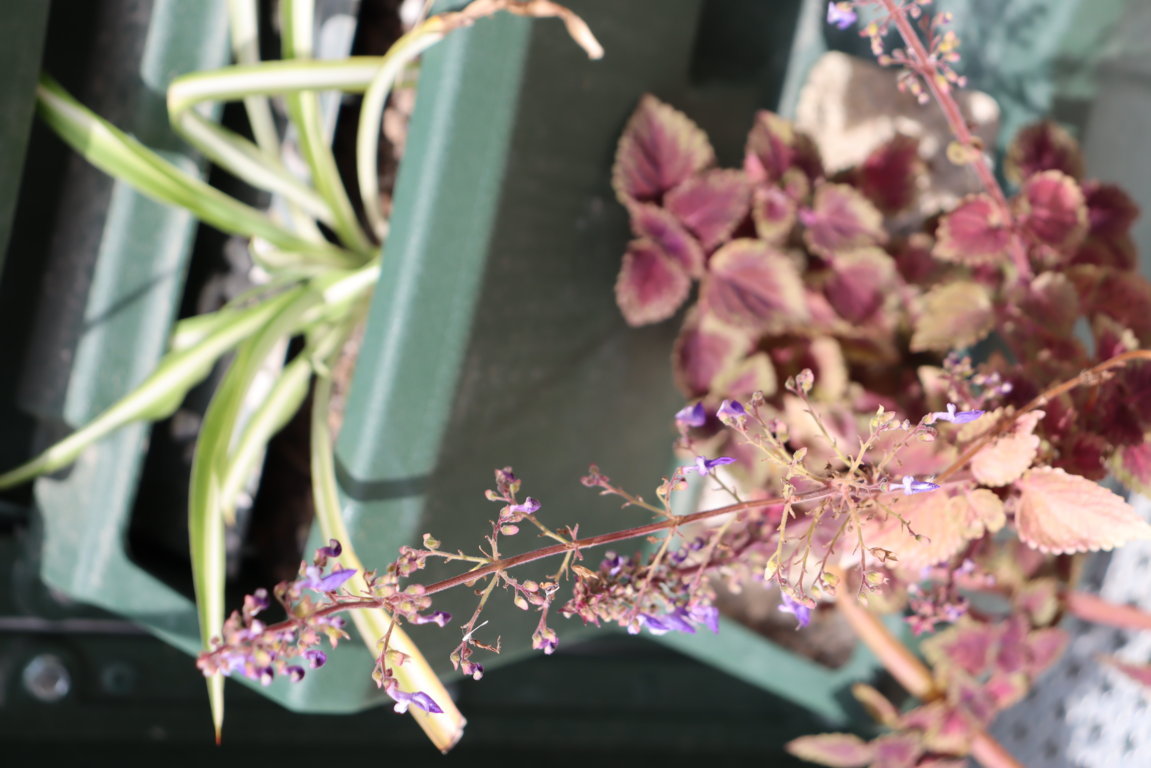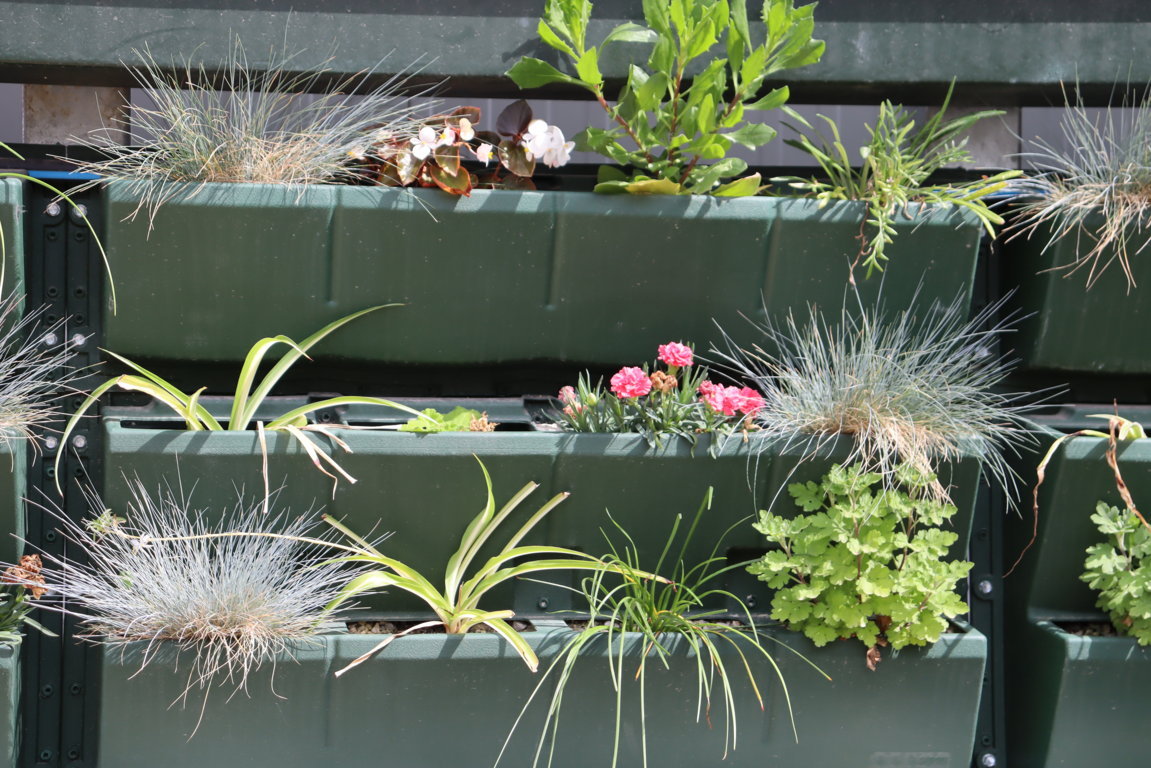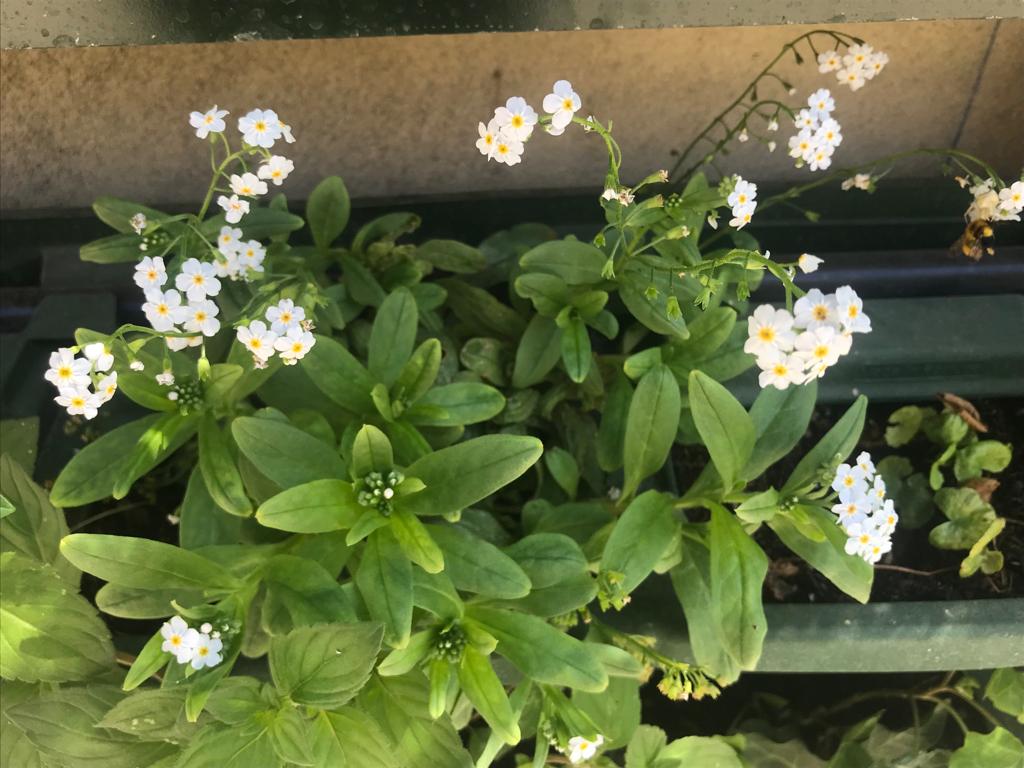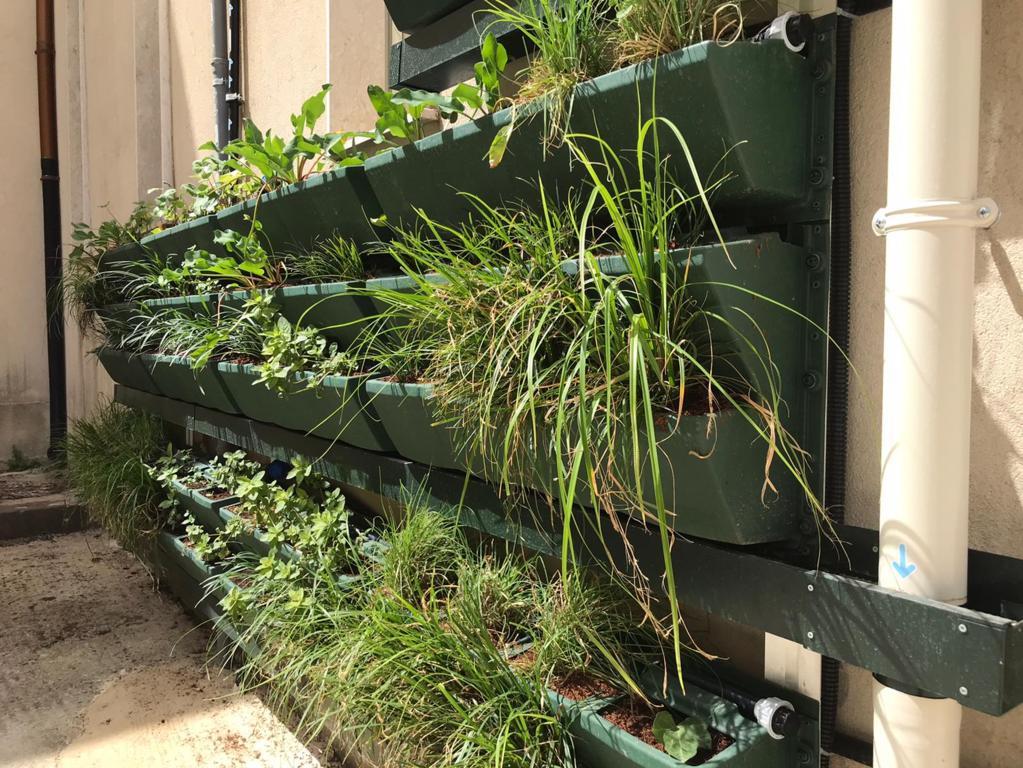Fitodepurazione per il recupero delle acque grigie

Le acque grigie sono dovute a tutte le attività che possono essere svolte ad uso domestico ad eccezione degli scarichi dei WC (dette acque nere); le acque grigie rappresentano quindi la fetta più cospicua delle acque potabili utilizzate giornalmente e sono molto meno inquinate delle acque nere. La fitodepurazione risulta una tecnica, tra le soluzioni basate sulla natura (NBS - Nature-based solutions), ideale per trattare in situ queste acque debolmente inquinate e riutilizzarle per attività che non richiedono acqua potabile (irrigazione, ricarica cassette di risciacquo dei WC, antincendio, lavaggio pavimentazioni).
Per il recupero delle acque grigie, IRIDRA propone le seguenti soluzioni tecniche e soluzioni basate sulla natura (NBS - Nature-based solutions).
- Fitodepurazione a flusso sommerso orizzontale (HF)
- Fitodepurazione a flusso sommerso verticale (VF)
- Fitodepurazione a flusso libero superficiale (FWS)
- Fitodepurazione ibrida (HF + VF, HF + FWS, HF + VF + HF + FWS)
Soluzioni architettoniche verdi
- Fitodepurazione sui tetti
- Muri verdi (Vertical garden o Green Walls)
- Tetti verdi (Green roof)
Integrazione con soluzioni per risparmio idrico negli edifici
- Rubinetti per risparmio idrico (con diffusori ed erogatori di flusso, con miscelatori, elettronici, termostatici)
- Riduzione scarichi WC (doppia pulsanteria, scarico a pressione)
- Scelta elettrodomestici a basso consumo idrico
Le acque grigie costituiscono circa il 70% delle acque potabili consumate e scaricate giornalmente in fognatura da ognuno noi. Rispetto alle acque nere sono acque debolmente inquinate. Il restante 30% di acque potabili lo “sprechiamo” per risciacquare il WC dopo ogni uso.
Il recupero delle acque grigie
Le acque grigie sono facilmentente depurabili e immediatamento disponibili per essere riutilizzate tutte le attività che non richiedono acqua potabile, come ad esempio:
- irrigazione
- ricarica cassette di risciacquo dei WC
- antincendio
- lavaggio pavimentazione

Il ruolo della fitodepurazione
La fitodepurazione è una tra le tecniche maggiormente adottate per il trattamento delle acque grigie a scopo di riuso, fornendo i seguenti vantaggi:
- ottima efficienza di abbattimento della sostanza organica e della carica batterica
- semplicità realizzativa e di funzionamento
- semplicità di manutenzione
- costi di realizzazione più bassi rispetto ai sistemi compatti
- nessun consumo energetico
- costi di gestione praticamente nulli
- molteplici possibilità di inserimento: in giardini, corti interne, terrazze, coperture …
Lo schema di fitodepurazione più classico adottato per il trattamento delle acque grigio è quello a flusso sommerso orizzontale (HF o SSF-h), il quale garantisce:
- rese depurative del 80–90% sul carico organico più che sufficienti per la depurazione delle acque grigie
- una efficiente disinfezione
- semplicità costruttiva, di gestione e di manutenzione
Il basso carico inquinante delle acque grigie porta al non sviluppo di cattivi odori nel trattamento con fitodepurazione, la quale può quindi essere installata sia all'esterno degli abitati (outdoor) che all'interno (indoor). Nel caso di soluzioni indoor, la fitodepurazione può essere vista come un interessante elemento di arredo a verde di spazi interni.
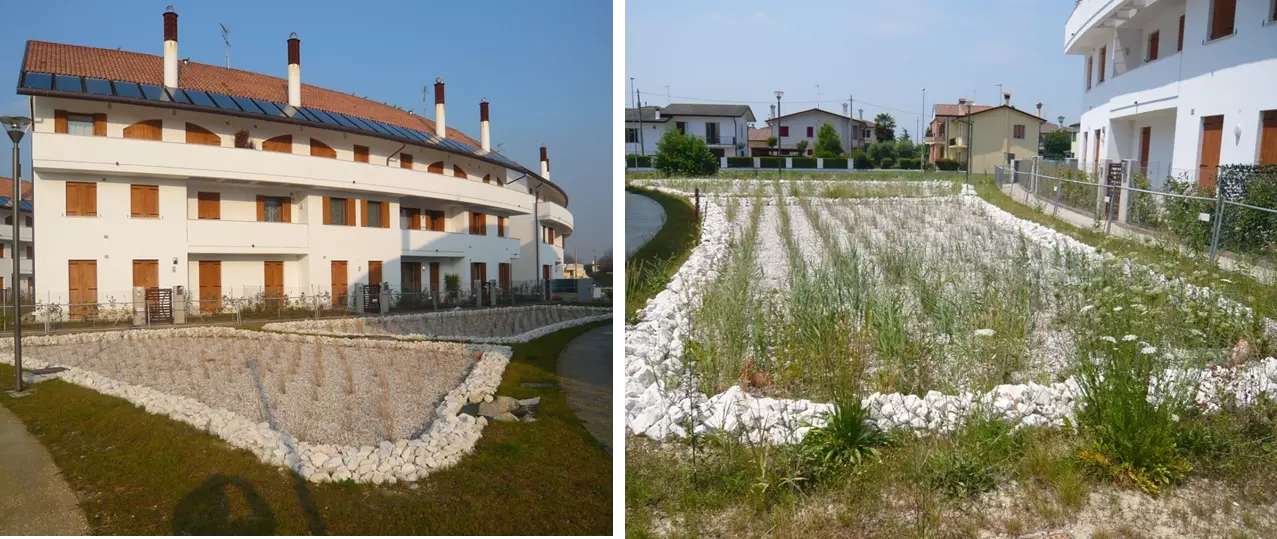
Esempio di fitodepurazione per il recupero delle acque grigie outdoor (riuso per WC), al servizio di in un piccolo borgo da 280 abitanti (Preganziol - TV), progettato da IRIDRA

Esempio di fitodepurazione per il recupero delle acque grigie indoor (riuso per WC e irrigazione), San Francisco Public Utilities Commission: la “Living Machine” (USA)

Impianto pilota con muro verde per il trattamento e riuso delle acque grigie del Maharashtra Jeevan Pradhikaran (MJP), Pune (India). progettato da IRIDRA nell'ambito del progetto NaWaTech
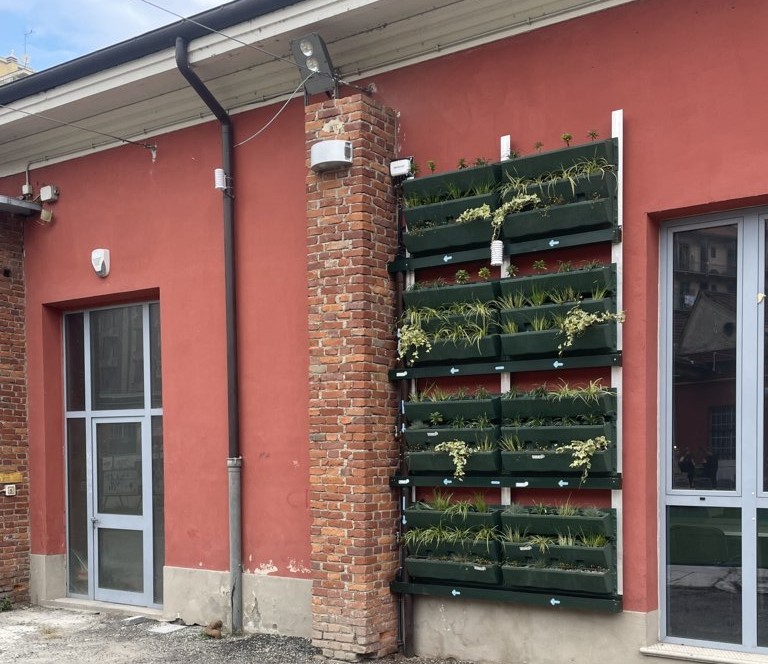
Muro verde del Cecchi Point, Torino
Portata acqua grigia trattata: 0.2-0.5 m3/d
Tipologia di impianto: Living Wall
Peculiarità: L’intervento è uno dei piloti da realizzarsi nell’ambito del progetto NICE (Innovative and enhanced nature-based solutions for sustainable urban water cycle)
Anno di realizzazione: 2024
Il progetto prevede la realizzazione di una parete verde per il trattamento e riuso delle acque grigie prodotte il Cecchi Point nel comune di Torino (TO). L’intervento è uno dei piloti da realizzarsi nell’ambito del progetto NICE (Innovative and enhanced nature-based solutions for sustainable urban water cycle), progetto di ricerca finanziato dall'Unione Europea nell'abito della call Horizon 2020 con grant agreement No.101003765. (https://nice-nbs.eu/).
Uno dei principi fondamentali dell’approccio seguito dal progetto NICE sta nel considerare le acque di scarico come parte di un sistema completo e nell’esaminare non solo il trattamento e lo scarico delle acque reflue, ma anche l’intero processo di consumo delle risorse idriche. Per essere sostenibile, un sistema di gestione delle acque richiede un uso efficiente dell’acqua, in grado di evitare il ricorso a sostanze pericolose, riciclare le sostanze nutritive, trattare le acque reflue a costi contenuti e recuperare le acque trattate per usi domestici o per l’irrigazione. Così le acque reflue, invece di essere considerate sostanze da eliminare, diventano una risorsa idrica. Tale approccio permette di progettare le varie parti allo scopo di ottimizzare il sistema nel suo complesso.
In questa sede si prevede il trattamento delle acque grigie dei lavandini di alcuni servizi igienici presso il Cecchi Point tramite un muro verde riadattato per fornire processi di fitodepurazione, ed il loro riutilizzo per l’irrigazione degli orti urbani presenti nel cortile del Cecchi Point; la soluzione adottata è la cosidetta parete vivente (living wall), e copre una superficie di 6 m2. Per evitare qualsiasi problema igienico-sanitario, sulla condotta di mandata del gruppo di pressurizzazione che alimenta i WC e a monte del reintegro acqua potabile, viene prevista una camera di disinfezione U.V.

Muro verde di Jewet Hall, Beirut (Libano)
Portata acqua grigia trattata: 2.9 m3/d
Tipologia di impianto: Living Wall e Green Facades
Peculiarità: realizzato nell'ambito del progetto NAWAMED (Nature Based Solutions for Domestic Water Reuse in Mediterranean Countries).
Anno di realizzazione: 2023
Il progetto prevede il trattamento delle acque grigie delle docce e dei lavandini prodotte dal Jewet Hall, un dormitorio di Beirut, attraverso l'uso di pareti e facciate verdi, e il loro riutilizzo per le cassette di scarico dei servizi igienici e per l'irrigazione. L'intervento è uno dei progetti pilota realizzato nell'ambito del progetto NAWAMED (Nature Based Solutions for Domestic Water Reuse in Mediterranean Countries), un progetto di ricerca finanziato dal programma comunitario ENI CBC MED. Il progetto mira a realizzare installazioni pilota su scala reale per il trattamento e il riutilizzo delle acque grigie e piovane, compresi i compresi i living greewalls, che sono sistemi verticali vegetati ancorati alle facciate degli edifici, che integrano il trattamento delle acque grigie e forniscono ulteriori benefici come l'inverdimento, il miglioramento dell'estetica e il risparmio energetico. La tecnica che verrà utilizzata per il trattamento delle acque grigie nei GW deriva dalla tecnologia dei sistemi di fitodepurazione. In particolare, sono stati scelti sistemi verticali a flusso sommerso per i seguenti motivi chiave: peso limitato, riduzione dell'evapotraspirazione (il progetto sarà realizzato in ambienti aridi e poveri d'acqua) e ampia scelta di specie vegetali. L'NBS attualmente progettato per la Jewett Hall è composto da 2 pareti viventi (living walls), che coprono una superficie totale di 84 m2, e da 3 facciate verdi (green facades), che coprono una superficie totale di 105 m2 e sono in grado di trattare fino a circa 2.9 m3/giorno di acqua grigia, mentre l'acqua grigia riutilizzabile ammonta a circa 1050 m3/anno.
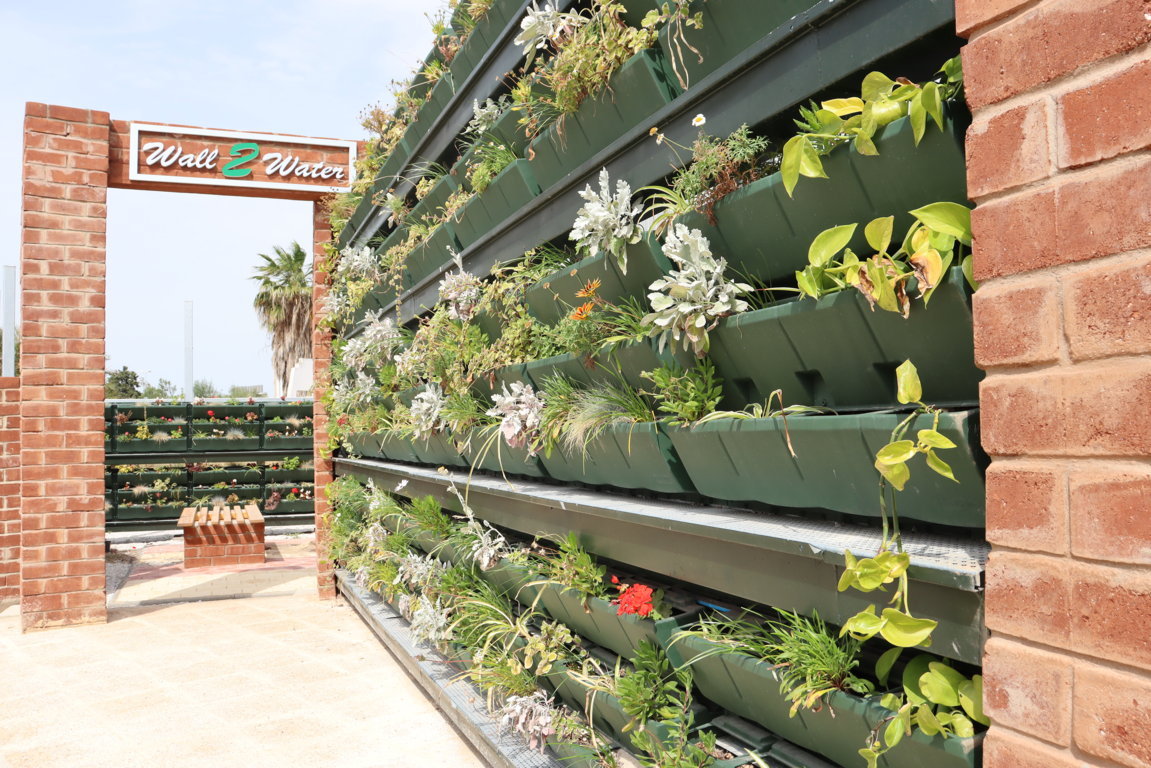
Muro verde del Centre de Recherches et des Technologies des Eaux, CERTE (Tunisia)
Portata acqua grigia trattata: 2 m3/d
Tipologia di impianto: Living Wall
Peculiarità: realizzato nell'ambito del progetto NAWAMED (Nature Based Solutions for Domestic Water Reuse in Mediterranean Countries).
Anno di realizzazione: 2023
Il progetto prevede il trattamento delle acque grigie delle docce e dei lavandini del centro di ricerca (CERTE) attraverso l'uso di pareti verdi e il loro riutilizzo per lo scarico dei servizi igienici e l'irrigazione. L'intervento è uno dei progetti pilota realizzato nell'ambito del progetto NAWAMED (Nature Based Solutions for Domestic Water Reuse in Mediterranean Countries), un progetto di ricerca finanziato dal programma comunitario ENI CBC MED. Il progetto mira a realizzare installazioni pilota su scala reale per il trattamento e il riutilizzo delle acque grigie e piovane, compresi i living greewalls, sistemi verticali vegetati ancorati alle facciate degli edifici, che integrano il trattamento delle acque grigie e forniscono ulteriori benefici come l'inverdimento, il miglioramento dell'estetica e il risparmio energetico. La tecnica che verrà utilizzata per il trattamento delle acque grigie nei GW deriva dalla tecnologia dei sistemi di fitodepurazione. In particolare, sono stati scelti sistemi verticali a flusso sommerso per i seguenti motivi chiave: peso limitato, riduzione dell'evapotraspirazione (il progetto sarà realizzato in ambienti aridi e poveri d'acqua) e ampia scelta di specie vegetali. L'NBS attualmente progettato per CERTE è composto da 3 pareti viventi (Living walls), che coprono una superficie totale di 70 m2, e sono in grado di trattare fino a circa 2 m3/giorno di acque grigie.

Muro verde dell'Università di Giordania, Amman (Giordania)
Portata acqua grigia trattata: 1.3 m3/d
Tipologia di impianto: Green Facades
Peculiarità: realizzato nell'ambito del progetto NAWAMED (Nature Based Solutions for Domestic Water Reuse in Mediterranean Countries).
Anno di realizzazione: 2023
Il progetto prevede il trattamento delle acque grigie delle docce e dei lavandini del dormitorio dell'università attraverso l'uso di pareti verdi e il loro riutilizzo per le cassette di scarico dei servizi igienici e per l'irrigazione. L'intervento è uno dei progetti pilota realizzato nell'ambito del progetto NAWAMED (Nature Based Solutions for Domestic Water Reuse in Mediterranean Countries), un progetto di ricerca finanziato dal programma comunitario ENI CBC MED. Il progetto mira a realizzare installazioni pilota su scala reale per il trattamento e il riutilizzo delle acque grigie e piovane, compresi i living greewalls, sistemi verticali vegetati ancorati alle facciate degli edifici, che integrano il trattamento delle acque grigie e forniscono ulteriori benefici come l'inverdimento, il miglioramento dell'estetica e il risparmio energetico. La tecnica che verrà utilizzata per il trattamento delle acque grigie nei GW deriva dalla tecnologia dei sistemi di fitodepurazione. In particolare, sono stati scelti sistemi verticali a flusso sommerso per i seguenti motivi chiave: peso limitato, riduzione dell'evapotraspirazione (il progetto sarà realizzato in ambienti aridi e poveri d'acqua) e ampia scelta di specie vegetali.
Il progetto dettagliato riguarda la realizzazione di facciate verdi (green facades). Le Nature-Based Solutions (NBS) sono suddivise in tre diverse aree, fornendo una superficie di parete verde di circa 218 m2, e trattando e recuperando una portata totale di acque grigie pari a circa 4.2 m3/d, l'acqua grigia riutilizzabile ammonta a circa 1000 m3/anno.
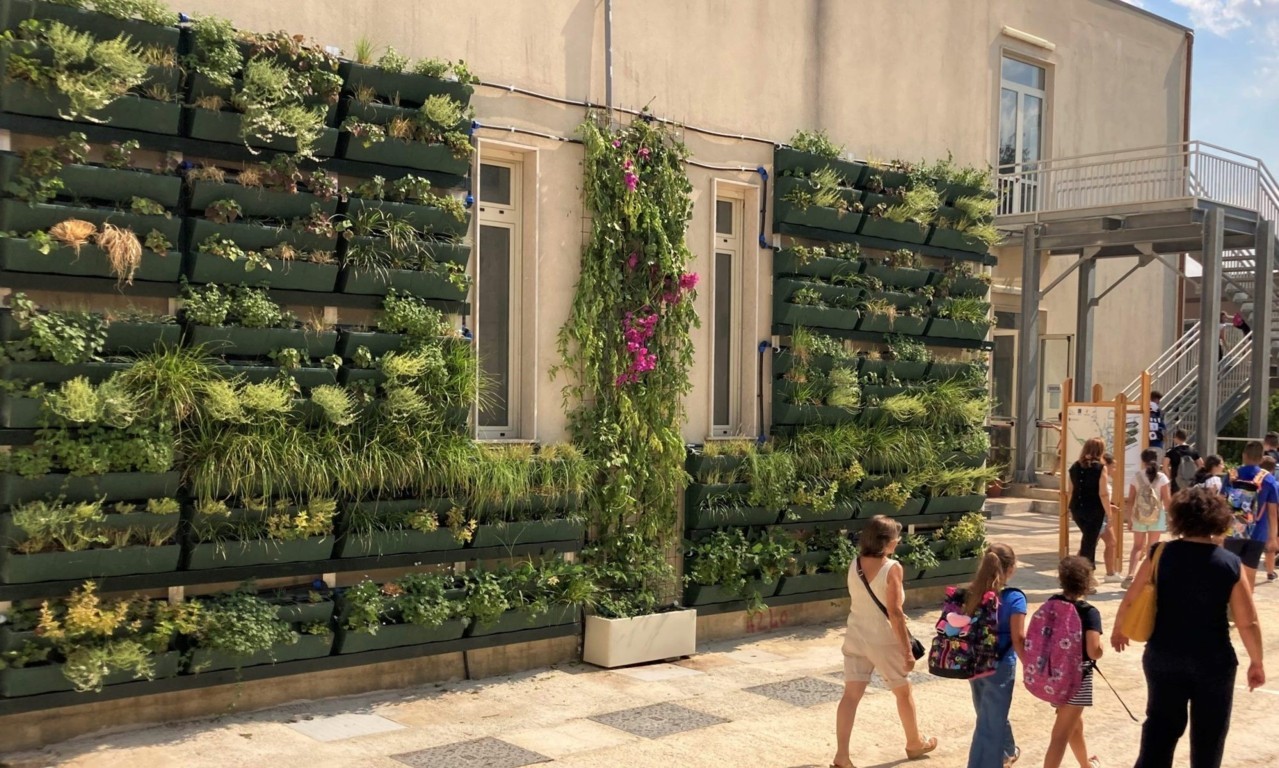
Muro verde a Ferla (SR)
Portata acqua grigia trattata: 1.3 m3/d
Tipologia di impianto: Living Wall
Peculiarità: realizzato nell'ambito del progetto NAWAMED (Nature Based Solutions for Domestic Water Reuse in Mediterranean Countries).
Anno di realizzazione: 2022
Il progetto ha previsto la realizzazione di una parete verde per il trattamento e il riutilizzo delle acque grigie prodotte dalla scuola media dell'Istituto Comprensivo Statale “Valle dell'Anapo” nel comune di Ferla (SR). L'intervento è uno dei progetti pilota realizzati nell'ambito del progetto NAWAMED (Nature Based Solutions for Domestic Water Reuse in Mediterranean Countries), un progetto di ricerca finanziato dal programma comunitario ENI CBC MED. Il progetto mira a realizzare installazioni pilota su scala reale per il trattamento e il riutilizzo delle acque grigie e piovane, compresi i living greewalls, sistemi verticali vegetati ancorati alle facciate degli edifici, che integrano il trattamento delle acque grigie e forniscono ulteriori benefici come l'inverdimento, il miglioramento dell'estetica e il risparmio energetico. Il trattamento delle acque grigie provenienti dai lavandini della scuola viene effettuato attraverso una parete verde adattata per fornire processi di fitodepurazione; la parete verde consiste in moduli appesi al muro con vasi riempiti di argilla espansa, fibra di cocco e sabbia. L'acqua trattata viene accumulata in un deposito sotterraneo e, per evitare qualsiasi problema igienico-sanitario, è stata installata una camera di disinfezione a raggi U.V.; l'acqua viene poi riutilizzata per gli scarichi dei bagni e per l'irrigazione. La parete abitativa copre una superficie di 30 m2 e tratta un carico idraulico medio giornaliero di 1.3 m3/g di acque grigie.

Muro verde a Ferla (SR)
Portata acqua grigia trattata: 1.3 m3/d
Tipologia di impianto: Living Wall
Peculiarità: realizzato nell'ambito del progetto NAWAMED (Nature Based Solutions for Domestic Water Reuse in Mediterranean Countries).
Anno di realizzazione: 2022
Zona residenziale, Preganziol (TV)

Villaggi di beduini in Westbank, Palestina
Tipologia di impianto: VF
Peculiarità: Separazione, trattamento e riuso delle acque grigie per irrigazione degli olivi e di colture destinate al foraggio degli animali. Progetto commissionato dalla ONG OXFAM Italia, finanziato con fondi EU (ECHO), della FAO e della Regione Sardegna
Anno di realizzazione: 2011-2012
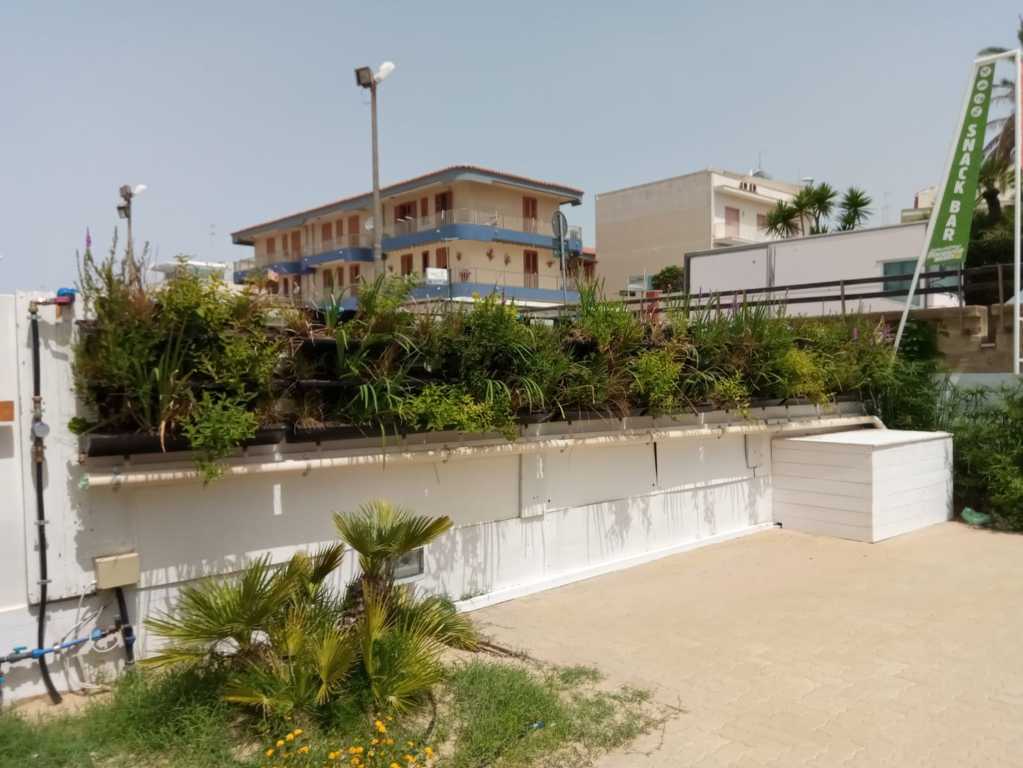
Margarita beach, Marina di Ragusa (RG)
Portata: 0.5 l/s
Tipologia di impianto: Muro verde (vertical garden or green wall) - Impianto pilota
Peculiarità: Riutilizzo per irrigazione. Impianto pilota progettato da IRIDRA per Svi.med, partner del progetto CONSUME-LESS (Interreg MED)
Anno di realizzazione: 2018
The aim of the "green wall" realization project is the environmental and economic sustainability obtained through the purification of grey water, their recovery and their reuse for less noble uses such as the rinsing of the toilets or the irrigation. This is possible through a wall that exploits the purifying power of plants and substrate to remove impurities, typical of constructed wetlands. The green wall aims to save about 300/400 liters of drinking water per day.
The Green wall was designed by Iridra for Svimed Centro Euromediterraneo per lo Sviluppo Sostenibile, partner of the ConsumelessMed project.
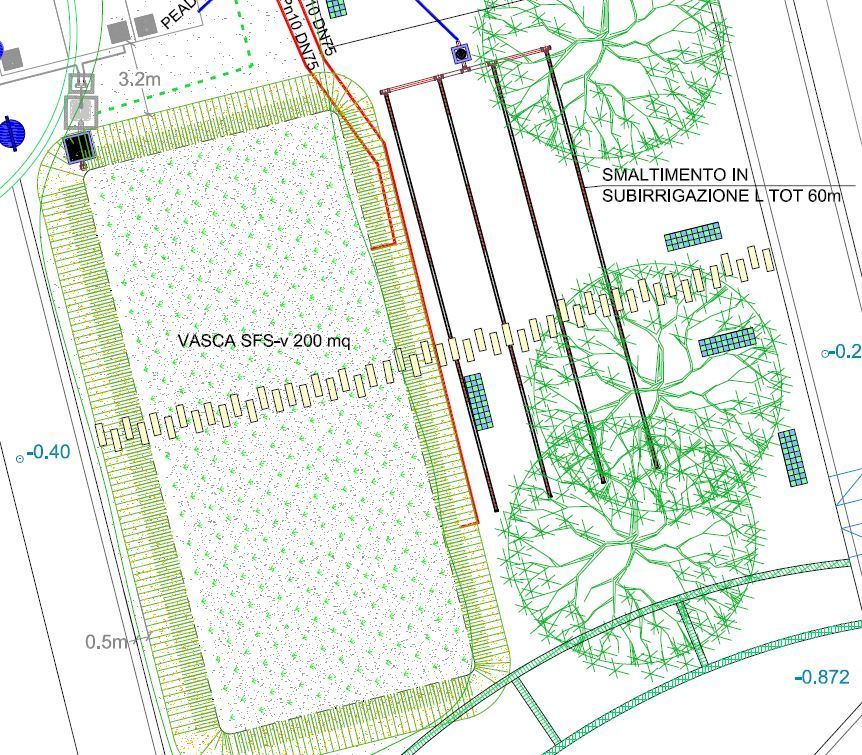
Riqualificazione area residenziale, Alliste (LE)
Abitanti equivalenti trattati: 100
Tipologia di impianto: HF + VF
Peculiarità: Riutilizzo acque reflue trattate per irrigazione.
Anno di realizzazione: 2010
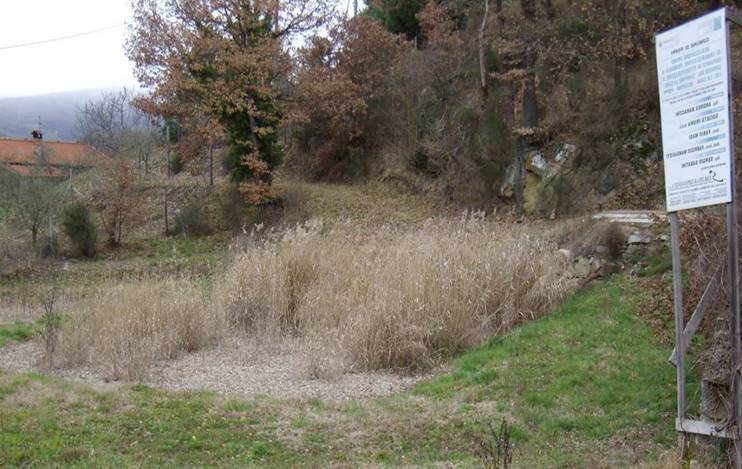
Campeggio "La Cava", Arezzo (AR)
Abitanti equivalenti trattati: 80
Tipologia di impianto: HF
Peculiarità: Separazione, trattamento e riuso delle acque grigie per irrigazione. Impianto realizzato nell'ambito del progetto europeo SWAMP
Anno di realizzazione: 2004

Hostel campus of the College of Engineering, Pune (India)
Portata: 40 mc/giorn
Tipologia di impianto: VF
Peculiarità: Separazione, trattamento e riuso delle acque grigie per irrigazione e ricarica cassette di risciacquo dei WC. Impianto realizzato nell'ambito del progetto europeo NaWaTech
Anno di realizzazione: 2015
The derivation from the sewer will be realized intercepting the main collector with a pumping station that will permit to load the AT with the selected flow; the overflow will continue to go in the same collector that is connected to the public sewer.
The scheme is the following:
- Pumping station fro wastewater derivation
- AT treatment
- pumping station for VF tertiary treatment loading
- VF constructed wetland divided into three basins, with a net surface (bottom of the basin) of 135 m2 each and a total surface of 405 m2
- Connection to disinfection, using chlorination and treated effluent collection tank
The wastewater of the right part of the campus, for an amount of 40 m3/day, will be treated in a Anaerobic treatment and discharged in the sewer with a better water quality.
The greywater of the GH building will be instead separated from the main sewer and treated in Constructed wetland system as following:
Degreaser 10 m3
pumping station for VF loading
VF constructed wetland divided into two equal sectors, with a net surface (bottom of the basin) of 133 m2
Connection to disinfection, using chlorination and treated effluent collection tank
To load VF for greywater treatment, a pump controlled by a timer and a time switch is installed in a reinforced concrete tank. The pump is controlled by a control panel, contained in a Box. Every day the loading on the bed is in a batch mode, controlled by Timer and time switch to program pump start and duration of pumping (or alternatively by switch level regulators), ensuring a resting period between every flush of approximately 1.6-2 h. Flush volume will be 2700-3300 L
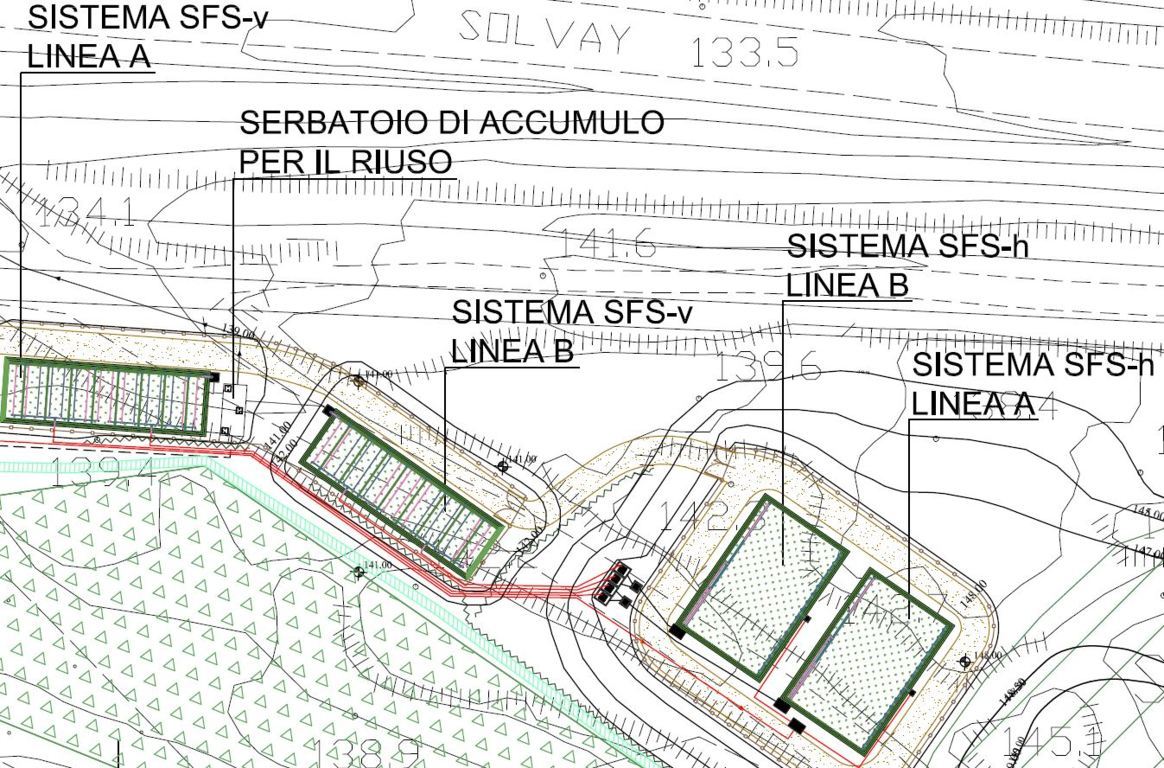
Frazione di San Carlo, San Vincenzo (LI)
Portata: 30 mc/giorno
Tipologia di impianto: HF + VF
Peculiarità: Trattamento terziario a fini di riuso. Riutilizzo acque reflue trattate per irrigazione essenze vegetali piantumate per il recupero paesaggistico di area ex-cava.
Anno di realizzazione: 2010
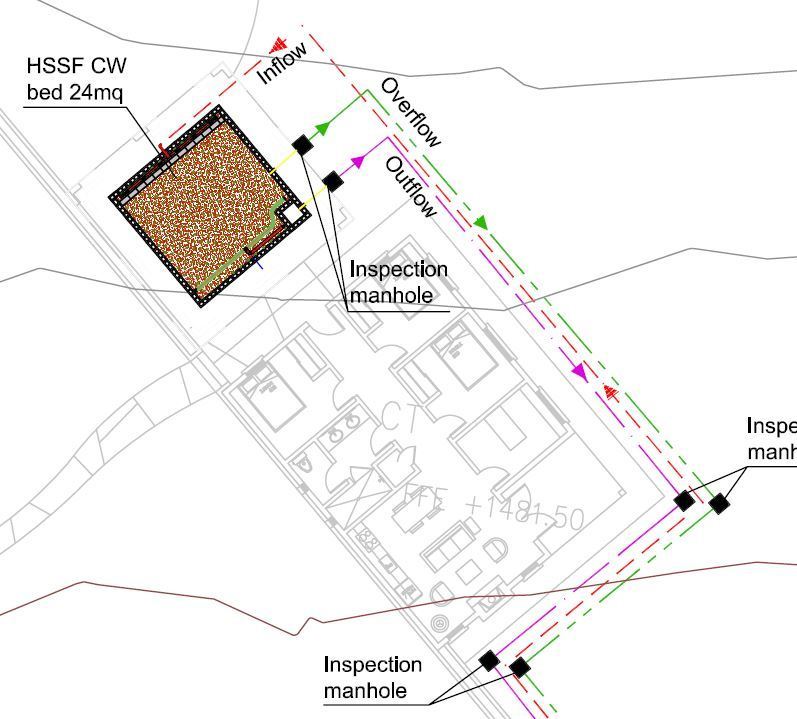
Resort in Grumenti community, Serengeti (Tanzania)
Portata: 4 mc/giorno
Tipologia di impianto: roof HF
Peculiarità: HF riadattato per posizionamento sul tetto di un edificio del resort. Separazione, trattamento e riuso delle acque grigie per irrigazione
Anno di realizzazione: 2015
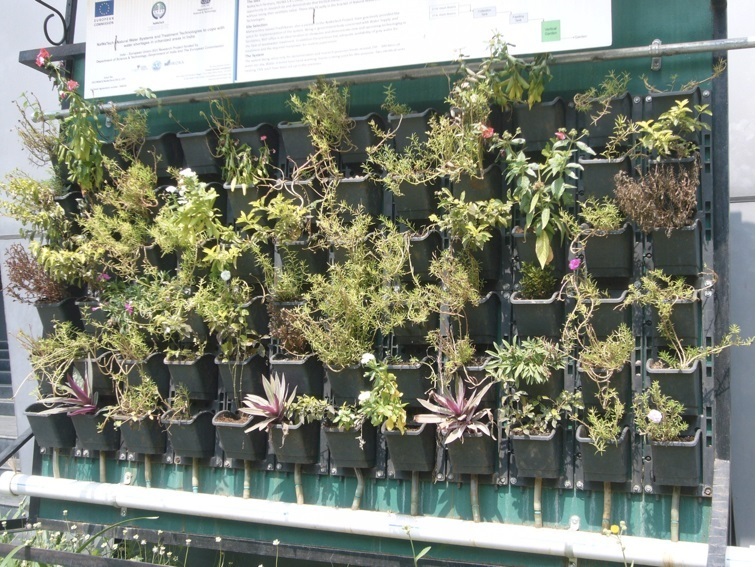
Maharashtra Jeevan Pradhikaran head office, Pune (India)
Portata: 0.125 - 0.25 m3/g (Impianto pilota)
Tipologia di impianto: Muro verde (vertical garden or green wall) - Impianto pilota
Peculiarità: Studio capacità di trattamento acque grigie a fine di riuso. Realizzato nell'ambito del progetto europeo NaWaTech.
Anno di realizzazione: 2014
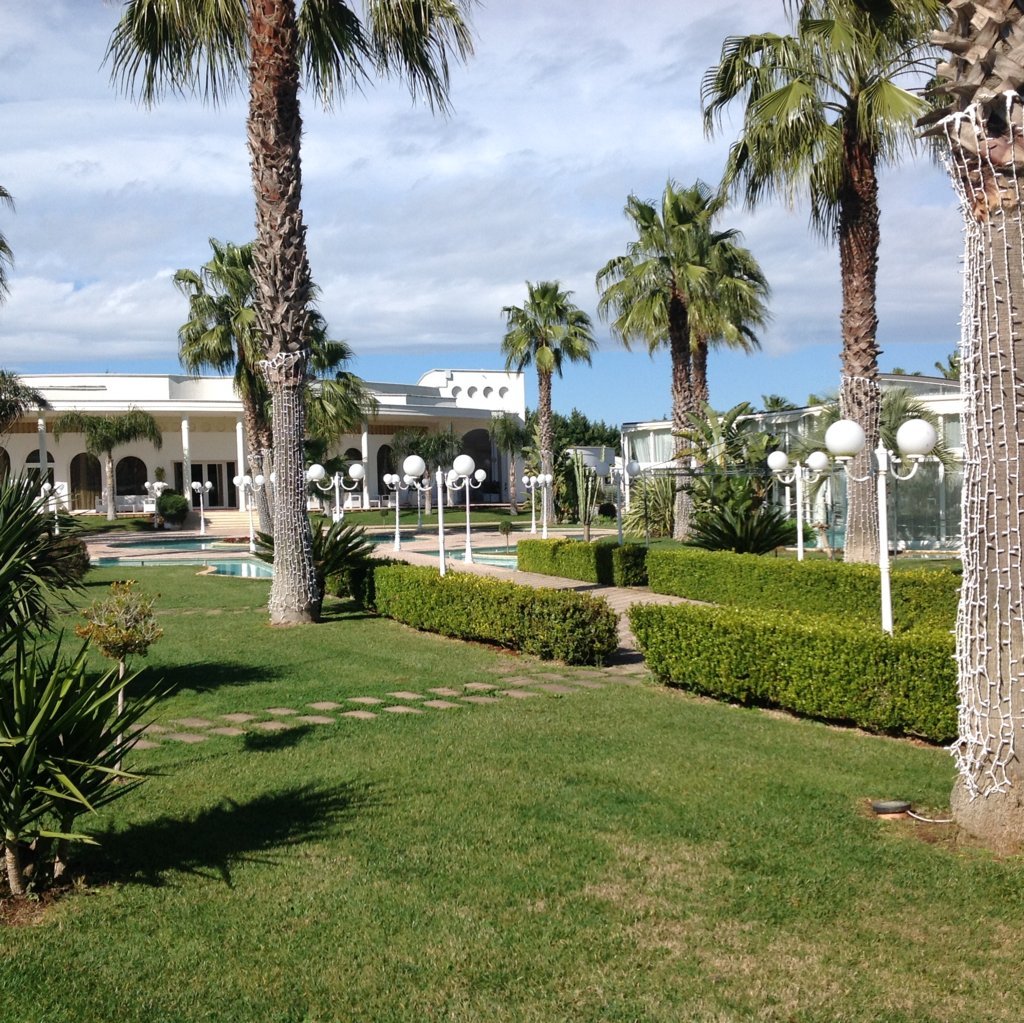
Complesso per ricevimenti "Luna Nuova", Sternatia (LE)
Abitanti equivalenti trattati: 615
Tipologia di impianto: HF + VF + HF + FWS
Peculiarità: Riutilizzo acque reflue trattate per irrigazione.
Anno di realizzazione: 2004
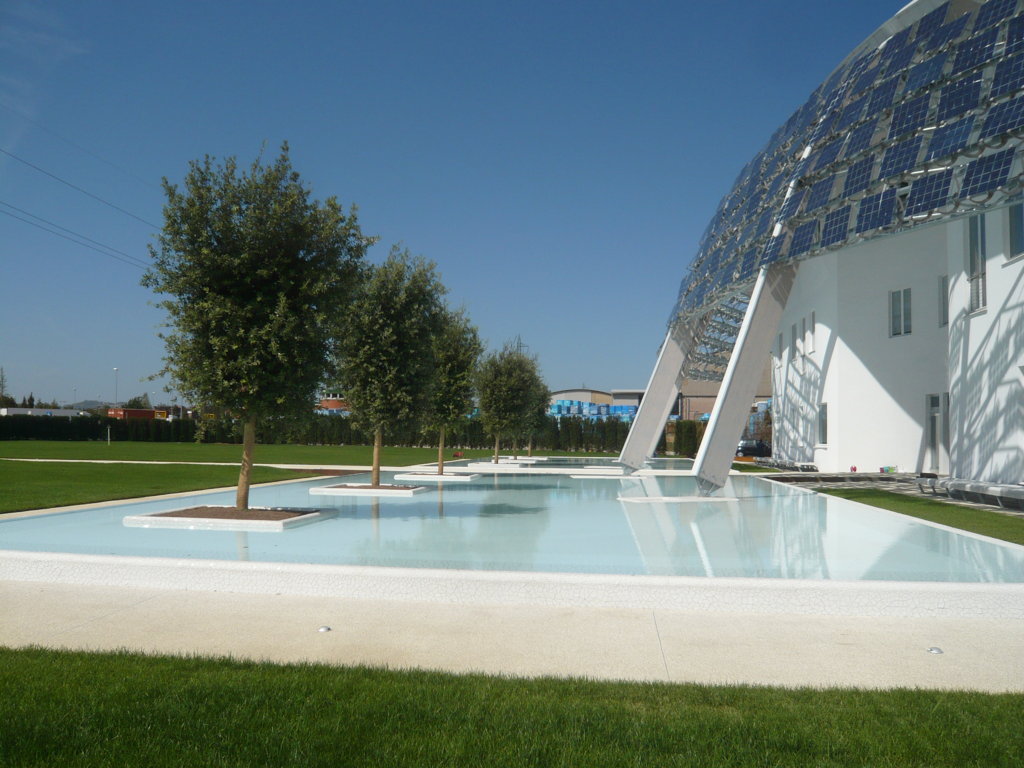
Centro di ricerche Kerakoll, Sassuolo (MO)
Tipologia di impianto: Vasche d'acqua
Peculiarità: Recupero acque meteoriche ed inserimento paesaggistico
Anno di realizzazione: 2012

Riqualificazione area residenziale, Alliste (LE)
Abitanti equivalenti trattati: 100
Tipologia di impianto: Vasche di raccolta metoriche e reflue trattate interrate integrate con intervento di fitodepurazione
Peculiarità: Recupero acque meteoriche per irrigazione aree verdi e ricarica cassette di risciacquo dei WC
Anno di realizzazione: 2010
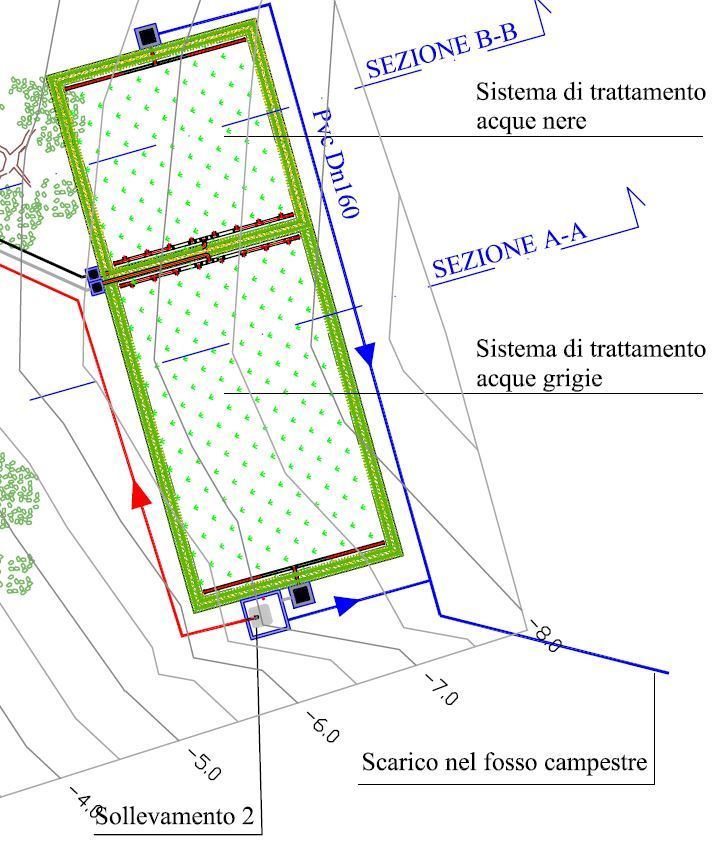
Complesso di edifici in Località ex oratorio del Monte, Vicchio (FI)
Abitanti equivalenti trattati: 30
Tipologia di impianto: HF
Peculiarità: Recupero acque meteoriche per irrigazione aree verdi integrate con intervento di fitodepurazione
Anno di realizzazione: 2008

Abitazione privata, Treviso (TV)
Abitanti equivalenti trattati: 30
Tipologia di impianto: Tetto verde
Peculiarità: Recupero acque meteoriche e miglioramento estetica edificio
Anno di realizzazione: 2012

Zona residenziale, Preganziol (TV)
Tipologia di impianto: Rain Garden
Peculiarità: Recupero acque meteoriche e miglioramento estetica edificio
Anno di realizzazione: 2009

